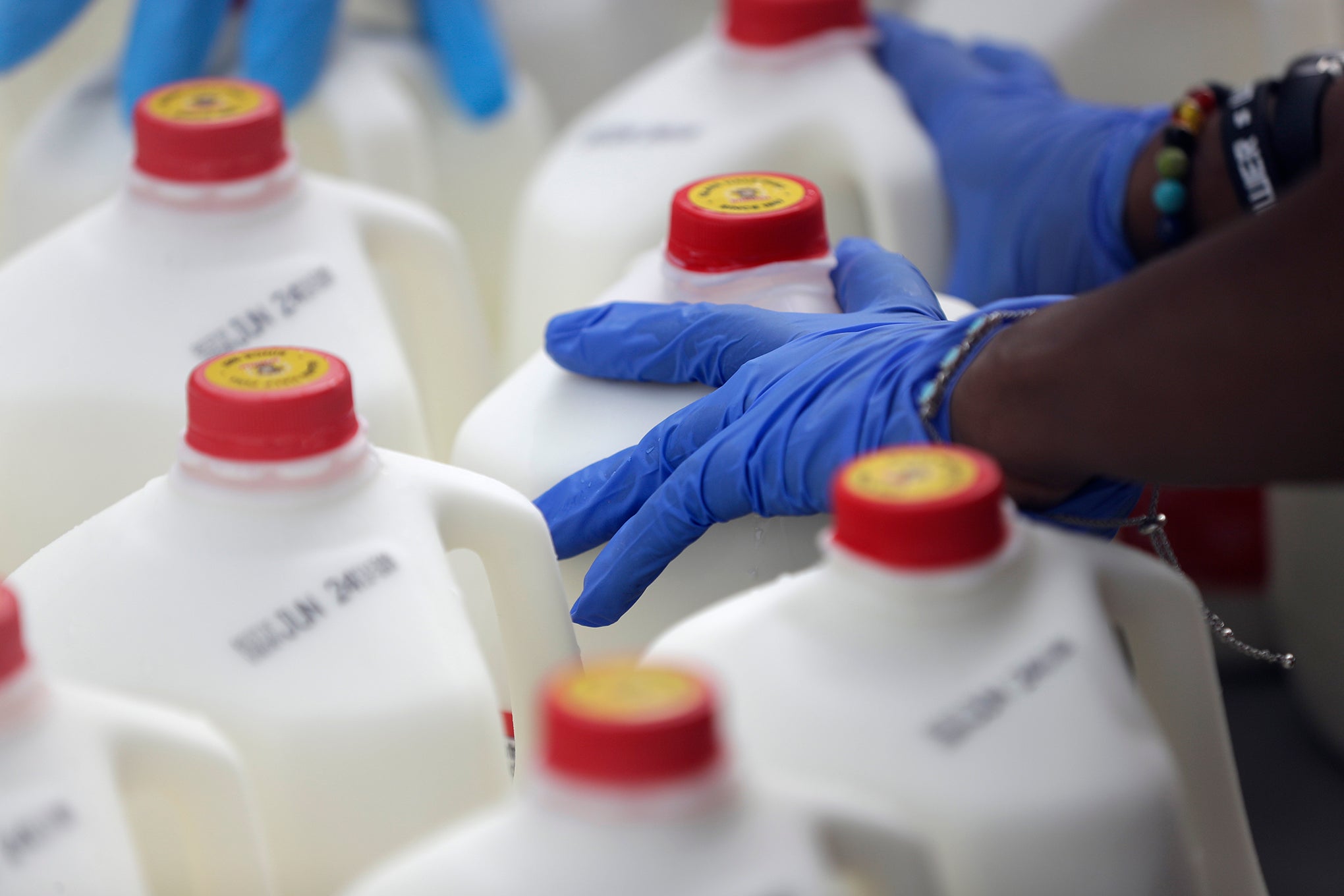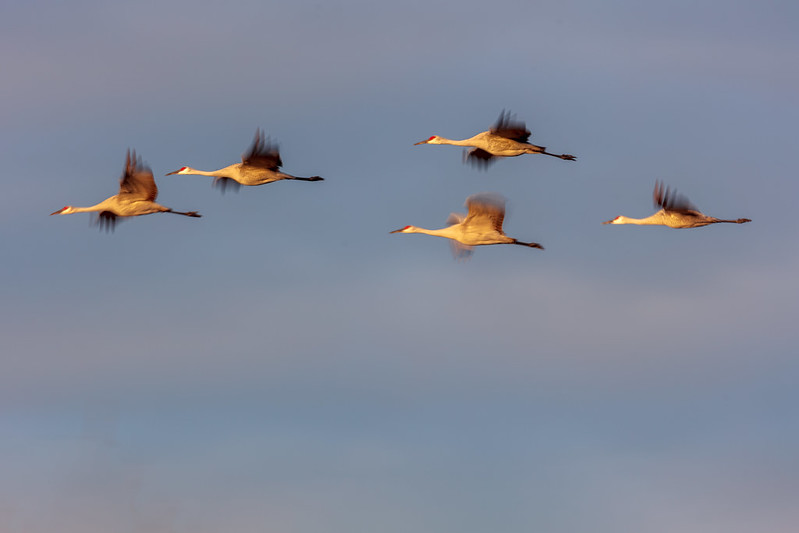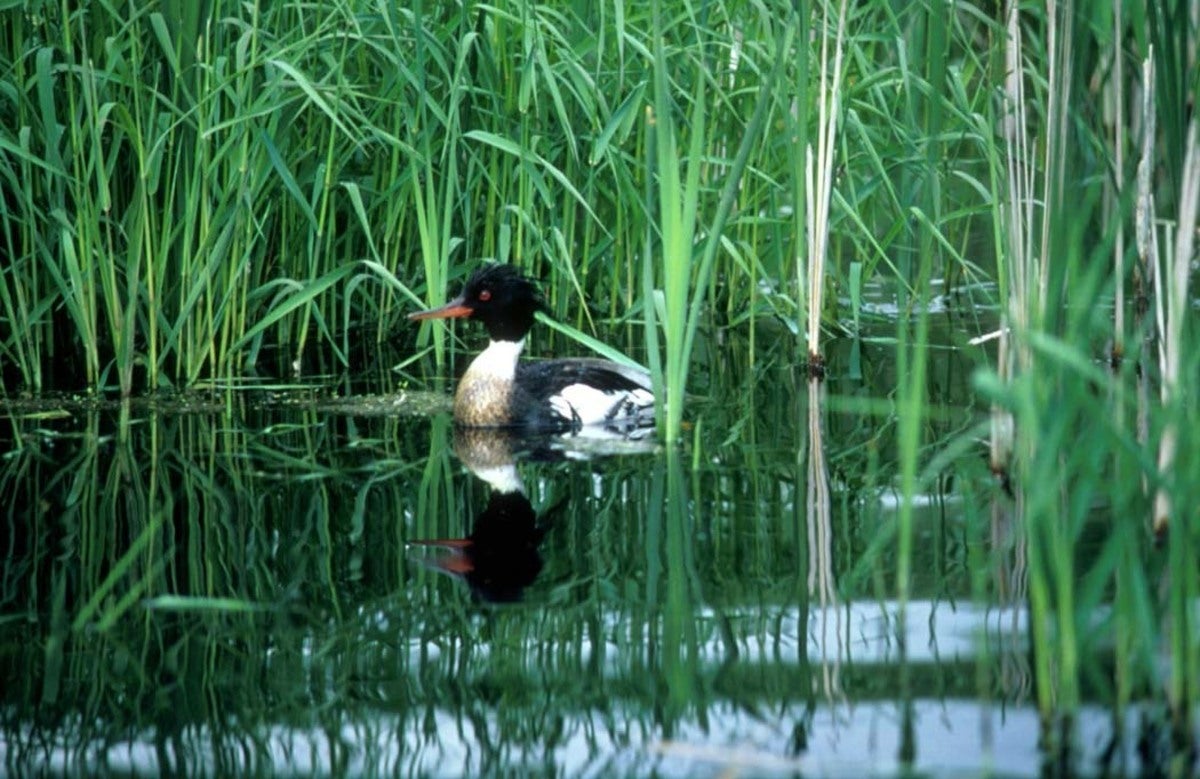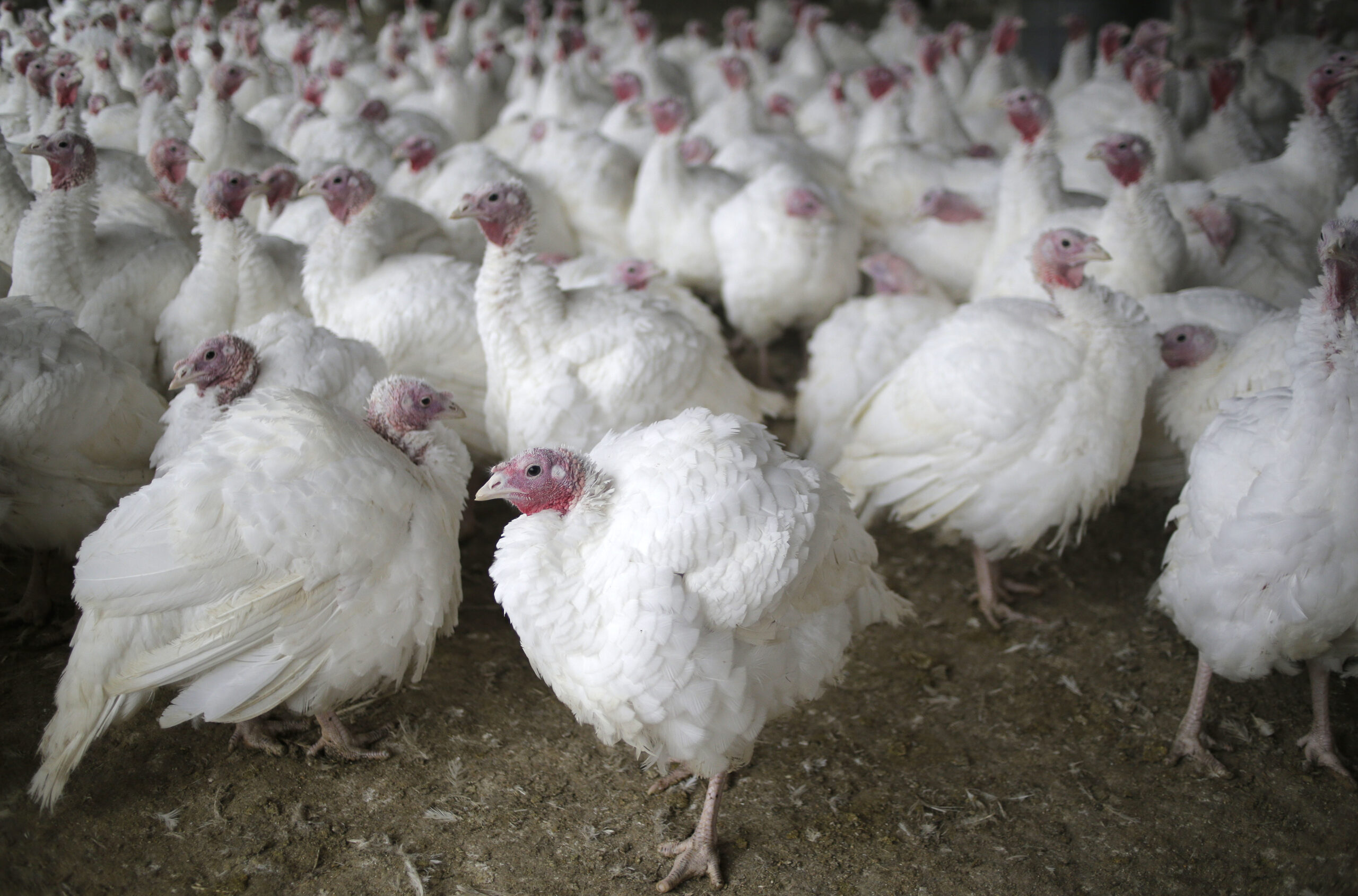The Milwaukee County Zoo is closing its aviary for “the foreseeable future” as a precaution against highly contagious avian flu, the zoo announced Thursday.
In a social media post, the zoo said the decision was made “out of an abundance of caution” to protect its bird population from highly pathogenic avian influenza, or HPAI, following “recent, suspicious, bird deaths on the Chicago shores of Lake Michigan.”
Hundreds of red-breasted mergansers have been found either dead or sick along Lake Michigan in Chicago and the northern suburbs in recent days, with avian flu the suspected cause.
Stay informed on the latest news
Sign up for WPR’s email newsletter.
According to a report from CBS 58 in Milwaukee, dead birds were also found at Simmons Island Beach in Kenosha on Wednesday, but officials could not confirm those birds died of avian flu.
The Milwaukee zoo’s aviary features 95 different species of birds, many of which are endangered. It also has a free flight area that people can walk through with birds flying overhead and landing nearby.
Christy Rettenmund, senior staff veterinarian for the Milwaukee County Zoo, said the die-off of waterfowl along Lake Michigan is the driving force behind the decision to close the aviary. She said wild birds can easily fly between Milwaukee and Chicago.
“When we have these large scale die-offs of birds, that kind of concentrates the avian influenza in that area,” she said. “Any birds that are coming into that area — either scavengers that are feeding on the carcasses potentially, or even birds that are just landing in that area and using the water or the beach — they have a much higher chance of becoming infected.”
There’s a risk visitors to the zoo could step in feces from infected birds and bring the virus into the aviary without knowing it, Rettenmund said.
“We’re not really worried about wild birds coming into the aviary,” she said. “It’s more people bringing wild bird feces into the aviary, and then that potentially affecting our birds.”
In 2022, the Milwaukee County Zoo closed its aviary and penguin exhibits temporarily following an avian flu outbreak in Jefferson County.
Rettenmund said it’s still too early to know when the aviary could reopen. The zoo is waiting for the release of information on the cause of death for the birds in Chicago.
“We definitely want to wait until those test results come back, and I’m not really sure how soon those results will be released to us,” she said. “There’s definitely other things that can cause mass die offs of waterfowl.”
Diana Boon, director of conservation medicine at the International Crane Foundation, said the avian flu has continued to adapt and mutate this year, with different strains becoming more infectious.
That’s been “devastating” to the agricultural community, especially for poultry farms but even for backyard chickens, she said.
“This is a really, really devastating disease. And it has really high mortality in all of these avian species,” she said. “We’re seeing it over the last year change to where it’s even more of a problem and more risky.”
Beyond the mergansers on Lake Michigan, two animals died last month at the Lincoln Park Zoo in Chicago from avian flu, she said.
Boon also said most zoos have strong “biosecurity” safeguards in place to try to prevent transmission of avian flu. Those safeguards are often based on the proximity of reported cases to each facility.
“A lot of it is making sure that the birds are separated from their wild counterparts, and they don’t have duck visitors — or Swan or geese visitors — coming into their enclosures,” she said. “That’s the best way to limit disease transmission, as well as closing exhibits that can be open to the public.”
Dan Powell, the curator of animal care and conservation at the Racine Zoo, said his zoo has taken precautions to protect its birds from avian flu in recent years.
That included installing roofs over several of its bird exhibits, including for the red tail hawk and African penguin, Powell said. All the bird exhibits or enclosures at the Racine Zoo also have foot baths with antiviral and antibacterial chemicals in them.
The zoo could also temporarily close or close certain exhibits if an outbreak were to occur nearby and posed a risk to its animals, he said.
“We just keep a really close eye on what’s going around us,” Powell said. “Hopefully all of the precautions keep us safe.”
Wisconsin Public Radio, © Copyright 2025, Board of Regents of the University of Wisconsin System and Wisconsin Educational Communications Board.




